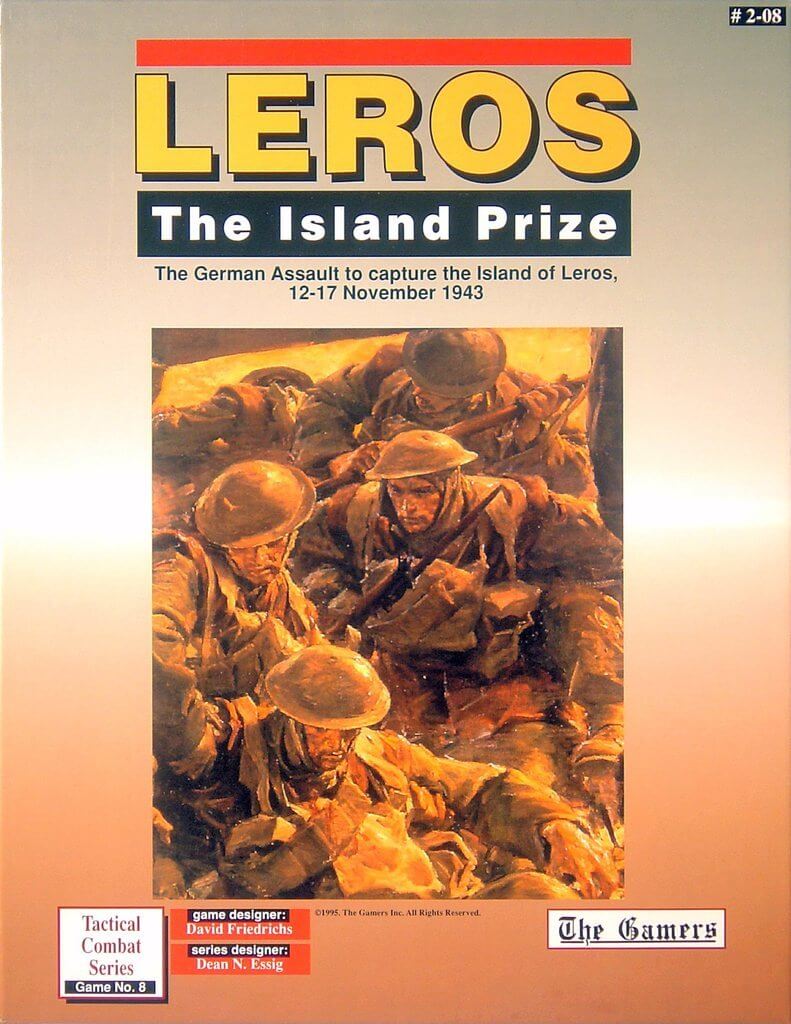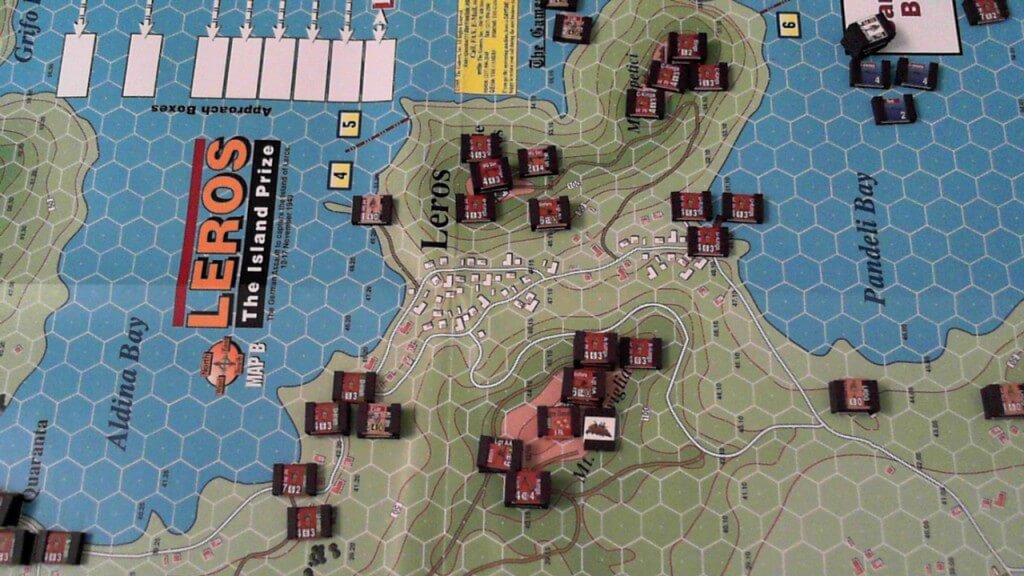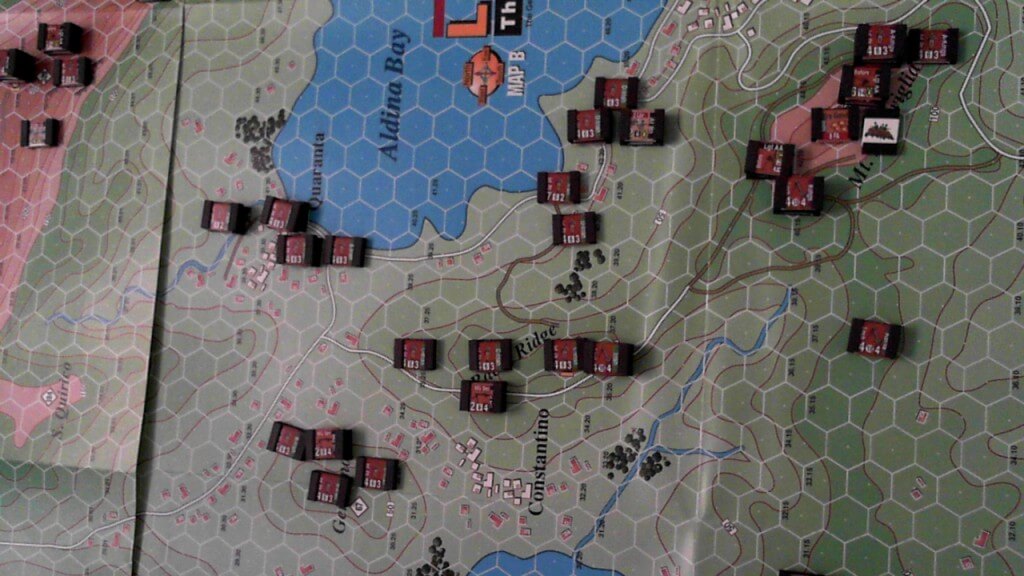History of Leros:
Herodotus wrote that , Leros developed a close commercial, political and intellectual links with the Ionians of Miletos. During the 5th century Leros blossomed intellectually as a result of influences from such cultural ancient heroes as the satirical poet, Dimodikos and the historian, Pherekydes. (A snippet in a post about his writing of Leros http://wp.me/p1yz7I-75Vzsk )
The island became part of the Athens Alliance following the Persian Wars and there is evidence that it was visited by great and wealthy persons. Such proof of this has been found in the excavation of coins and funerary steles from the period. This is not surprising as it was an important location for shipping and the moral philosopher, Plutarch, refers to the capture of Julius Caeser’s island of Farmako which lies next to Leros.
During the Byzantine period, Constantine the Great incorporated Leros into the theme of Samos and many magnificent Christian churches were built as well as the castle and the Panayia (Blessed Virgin) church on the hills overlooking what is now Platanos. A further castle of Lepides, known today as Paliokastro, was also built and its ruined walls can still be seen, as well as many other outstanding Byzantine monuments such as the early Christian church at Partheni, the church of Ayia Varvara (St. Barbara) which was built from the marbled ruins of ancient Lerian monuments.
Occupation by foreign powers has chequered the history of this small but strategically important Aegean island. In 1314, Leros was occupied by the tyrannical Knights of St. John of Rhodes who governed it despotically.
After the independence of Greece in 1829 all the Dodecanese islands were ceded to Turkey by the London Protocol in exchange for Euboea. From 1912 to 1943, the island was occupied by the Italians and during this time, the intention was to develop Leros into an Italian naval base. Over several decades important defence work was carried out and military installations built with a new deep sea port created at Laki.
During World war two, the Greek Sacred Battalion, together with the British alliance liberated the island from the Italian capitulation. However, after almost 50 days of bombardment from German air raids, the Germans went on to occupy the island until the end of the war in 1945. This was further followed by a two year occupation by English armed forces, which culminated in March 1948, with Leros and the whole of the Dodecanese finally being united with Greece.

I have been taking a preliminary look at Leros, as a future candidate for the campaign game using the TCS system.
I like playing the historical scenarios to see what happened, but I am also not averse making adjustments and looking for interesting alternatives. Leros appears to provide much of that.

Historically losses were fairly high for both sides in this conflict. Some Wiki entries put losses as few as 500 per side, but do not count the 8,000 odd POWs and over 4,000 wounded on both sides. Accounts demonstrate the effectiveness of the initial Coastal gun activity and the poor results and high losses on the first day.
Some of the losses, based upon the content in the Ops magazine, designer notes, and historical information in the series booklet appear to be a result of choices made for landing locations and the associated objectives tied to those.
For example II-16 could still have executed their division of British forces objective to capture Germano and Rachi Ridge but landed elsewhere. Historically by day two the losses were very high in this area, so it makes me question the German Operational Plan for landing at Gurna Bay (high Coastal gun fire values there!).
The subsequent counter attack by the Buffs, seems to imply that the Clidi ridge battle did not fare well for the Axis either? Should more forces have landed near Caldi Ridge to support that attack first then seek to control the narrow isthmus of Leros?
Landing at Aldina and Grifo Bay was a much easier approach and closer to VC locations/key Objectives. The landings at Palma Bay tell the same story by the 14th of November the 65th had taken an ass whipping. The perceived strategic value of Clidi Ridge was that it looks down on Leros Township and the other Southern ridges near Leros. Is that correct? If additional forces had chosen to land at GRifo or Aldina the capture of Clidi may have been less deadly, and still would effectively block the isthmus.
I find the choices made for this battle particularly interesting as for once we appear to have the whole picture! An Island! The goal is control of the Island. We are not left wondering about terrain 10 hexes West or South.
Since I’m rolling solo, I’m not interested in sitting on a tiny corner of the Island and building a beachhead, or popping arty and air attacks for 4 days. No need to be one of those gamey tactical types, work the rules to win. Lets get some history flavoured fun with reasonable alternatives that are not TOO gamey into the mix!!
What would you have done playing the Germans and the Brits?



4 thoughts on “Island Getaway Introduction to Leros [p1]”
Comments are closed.